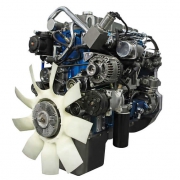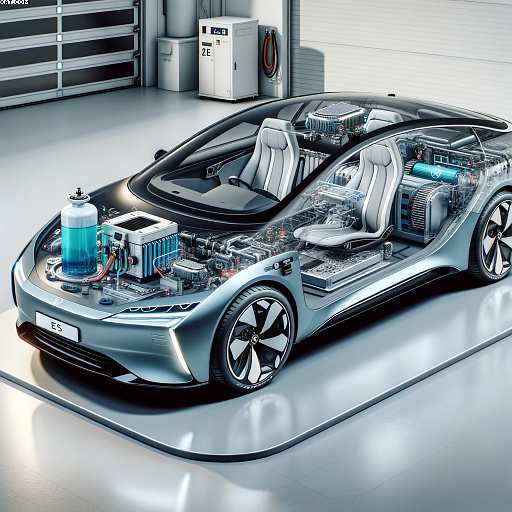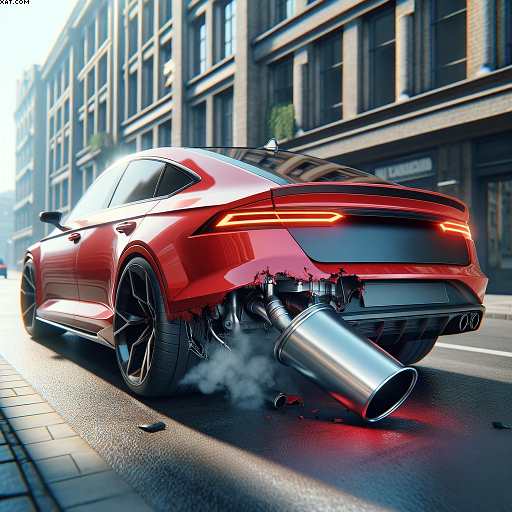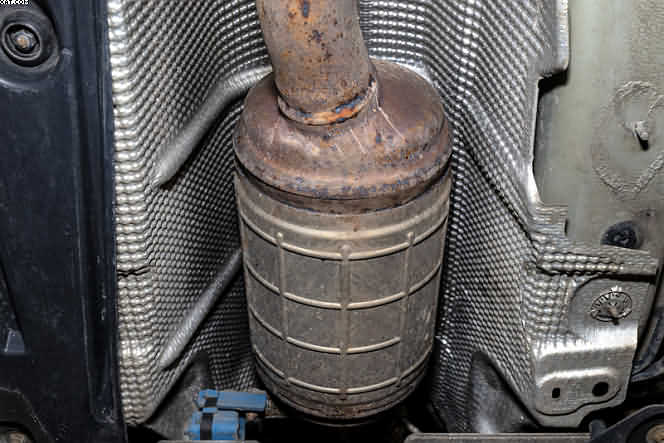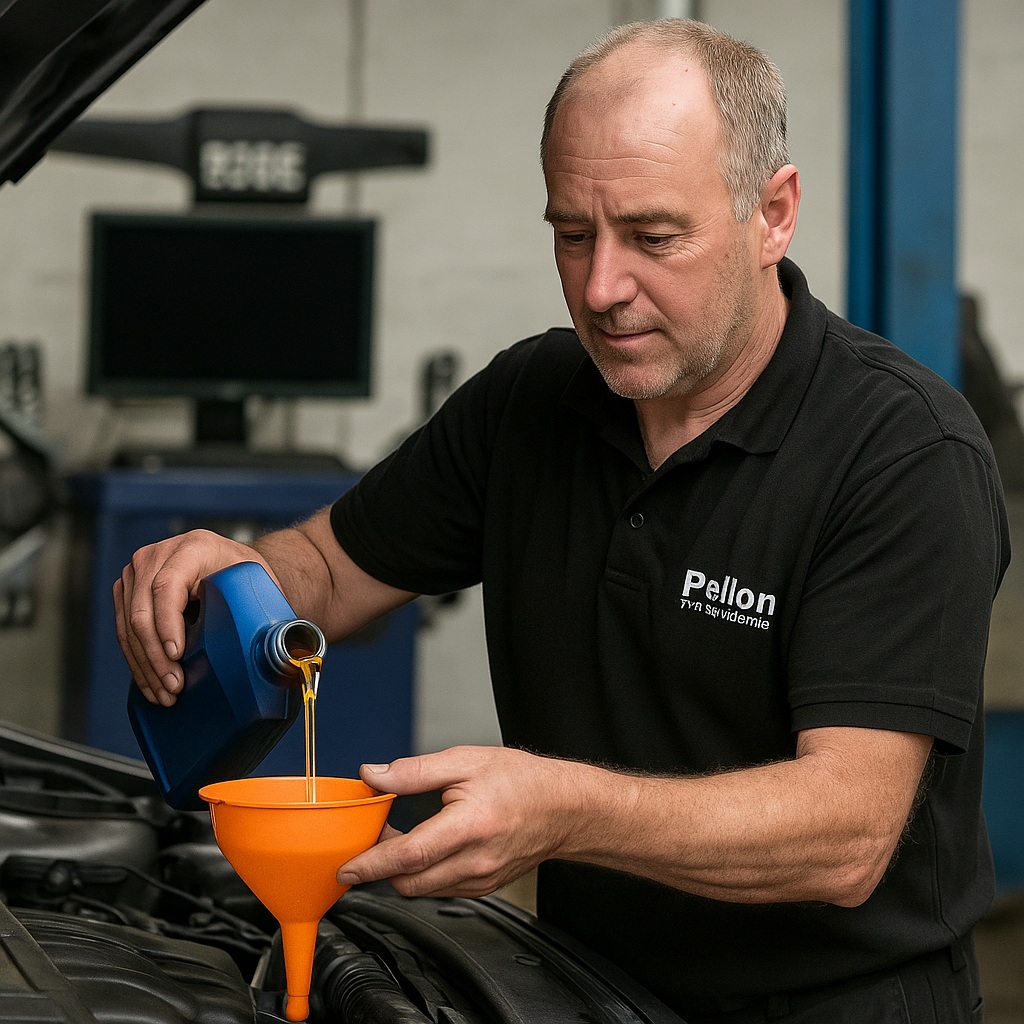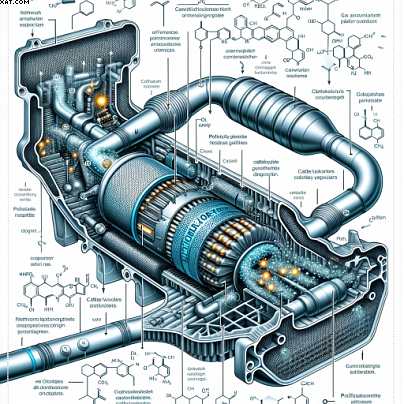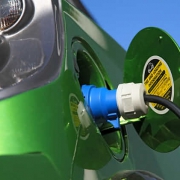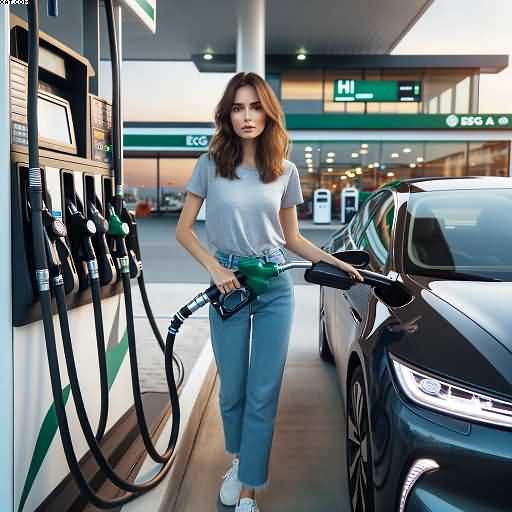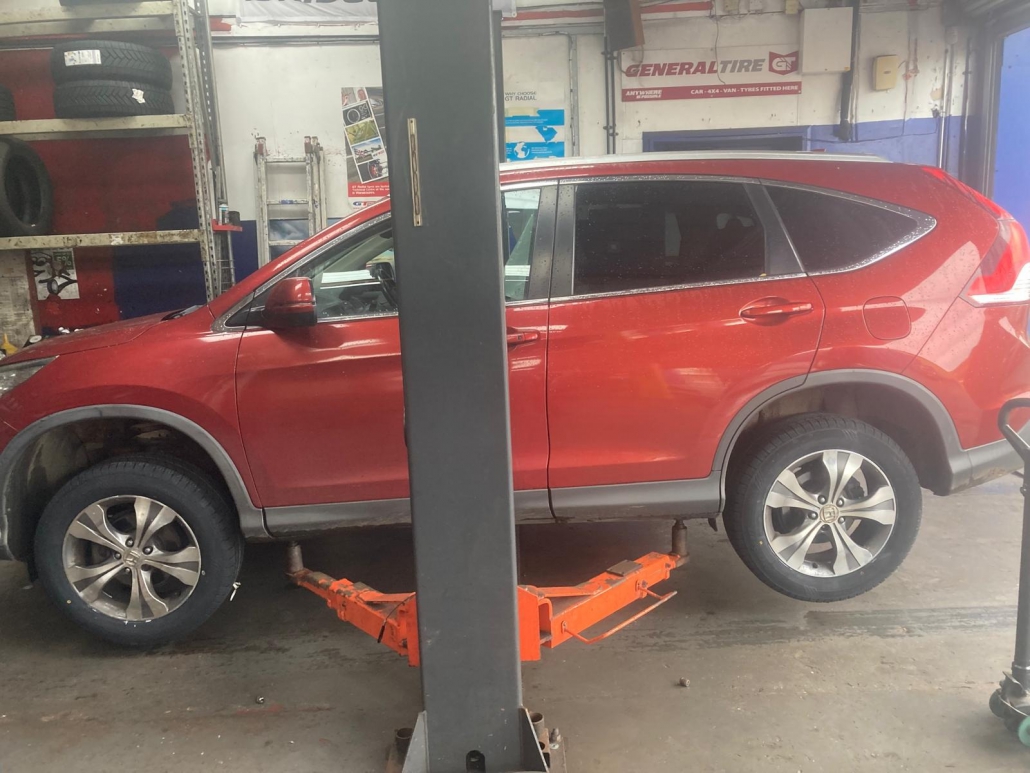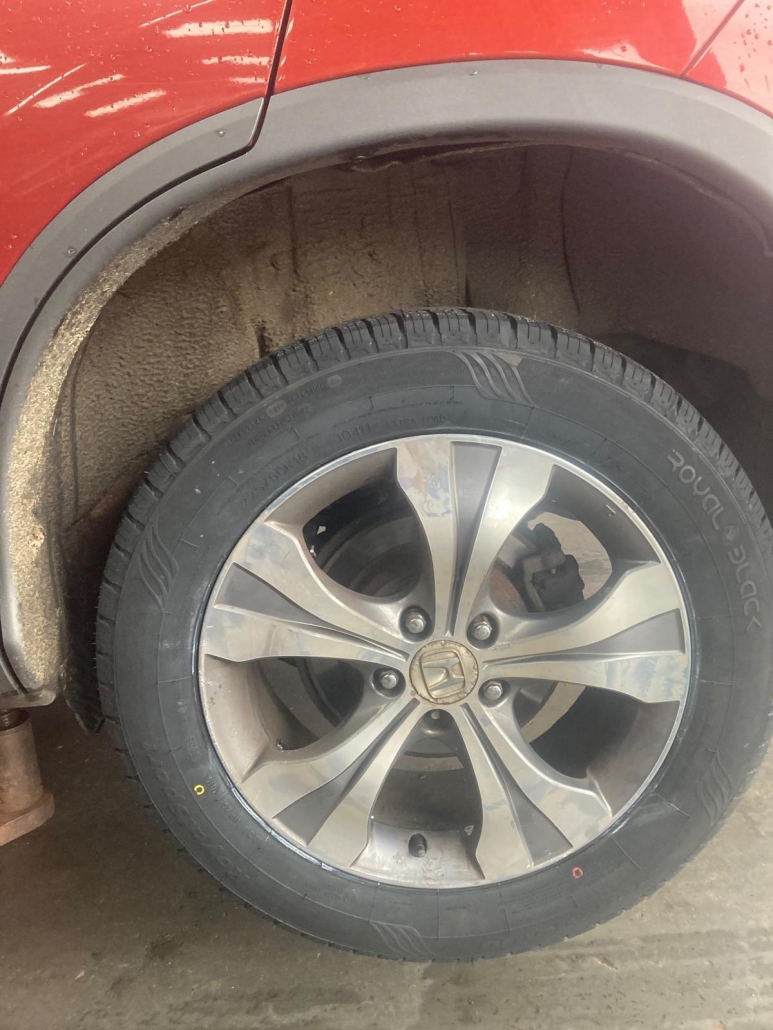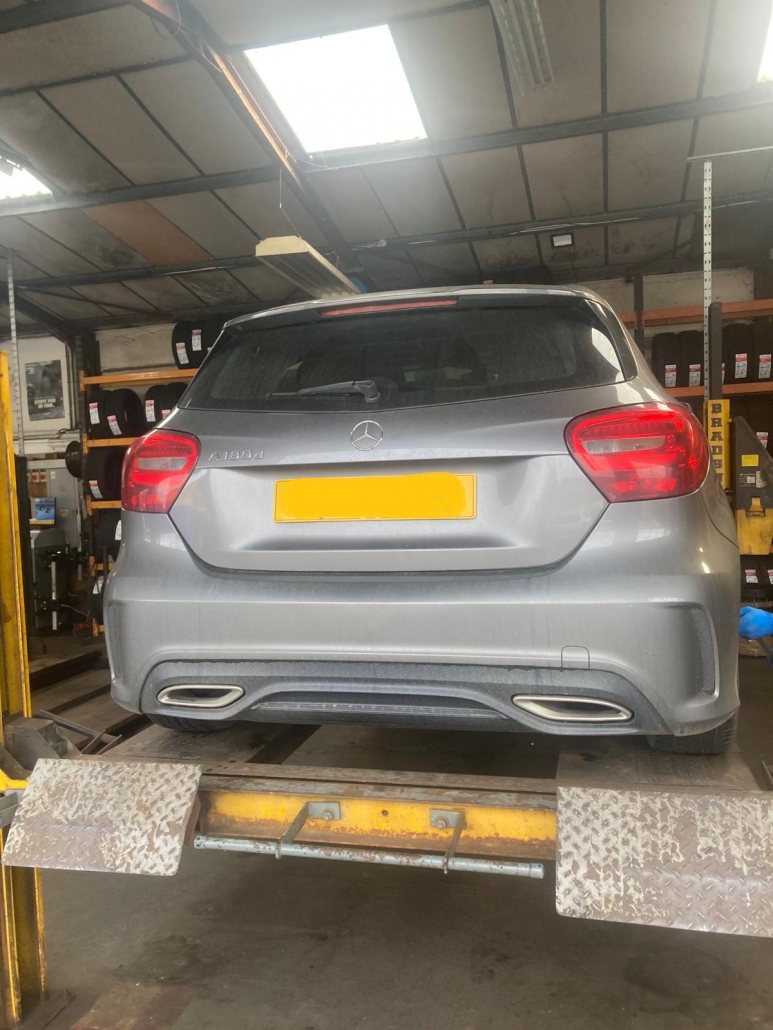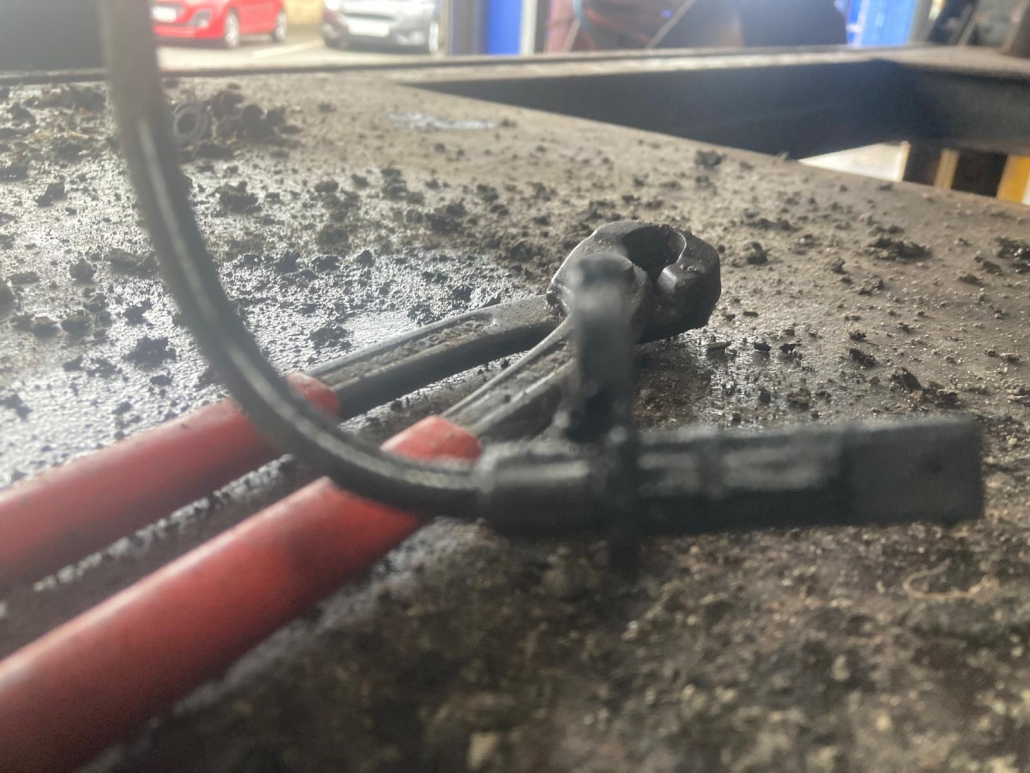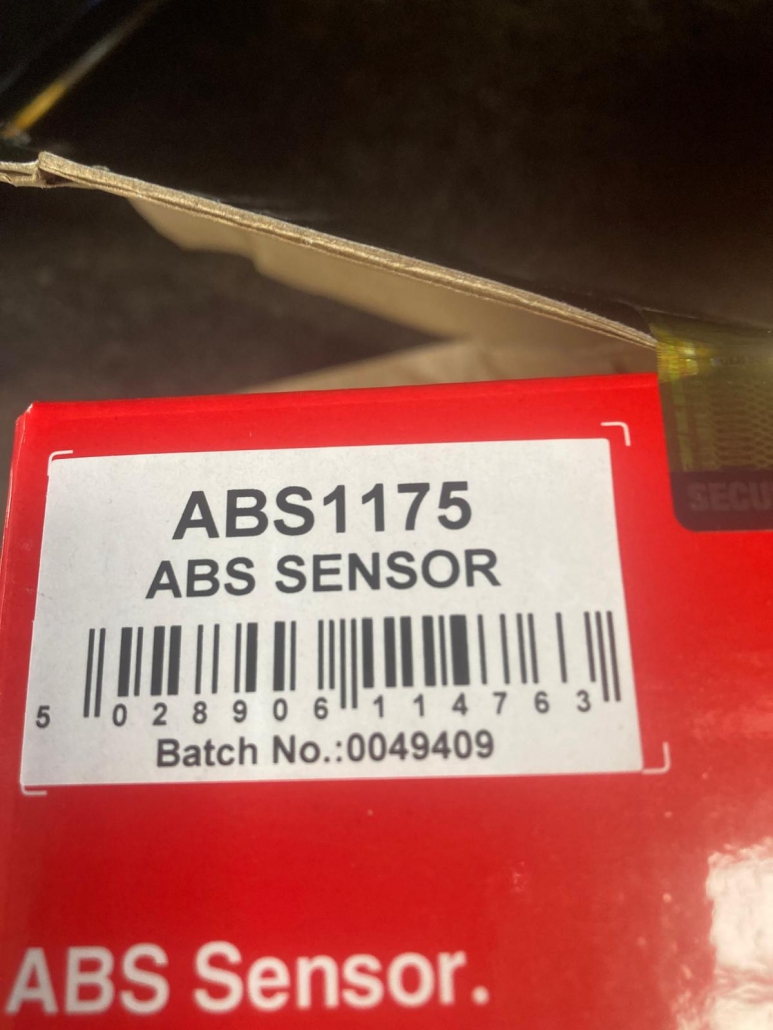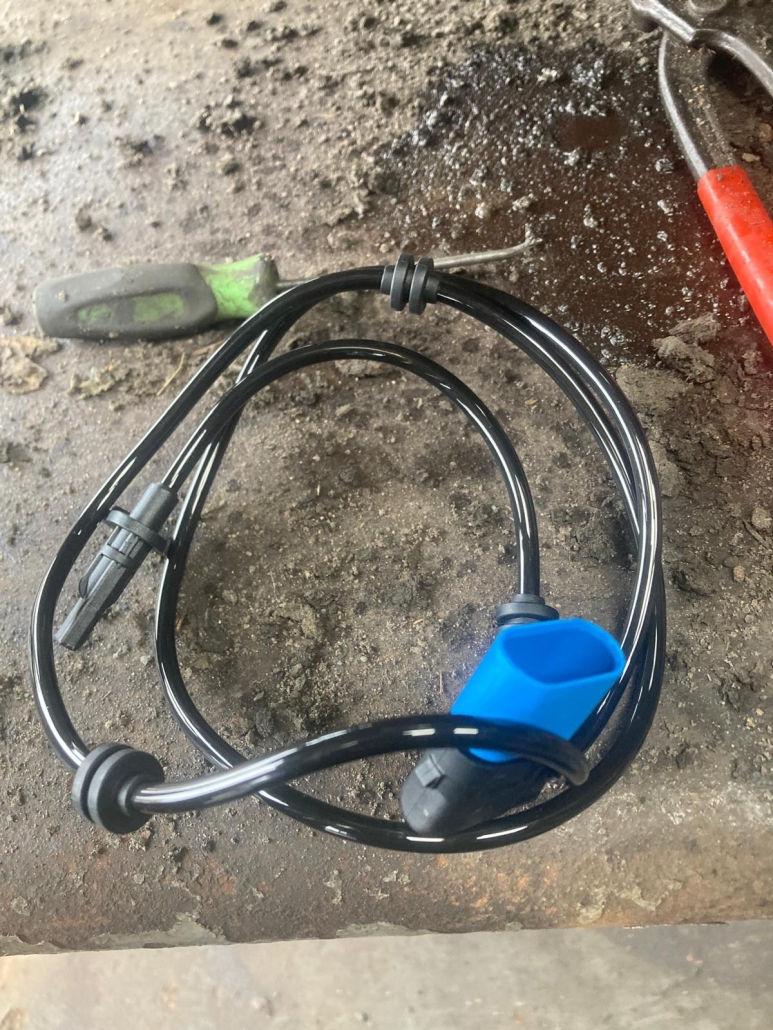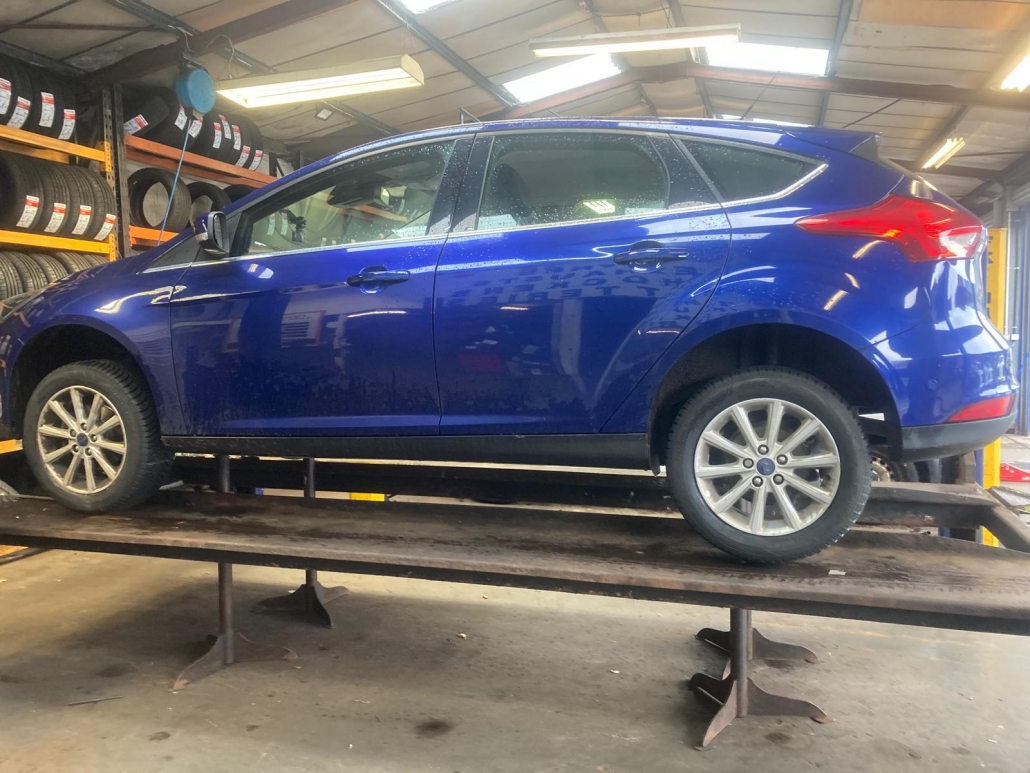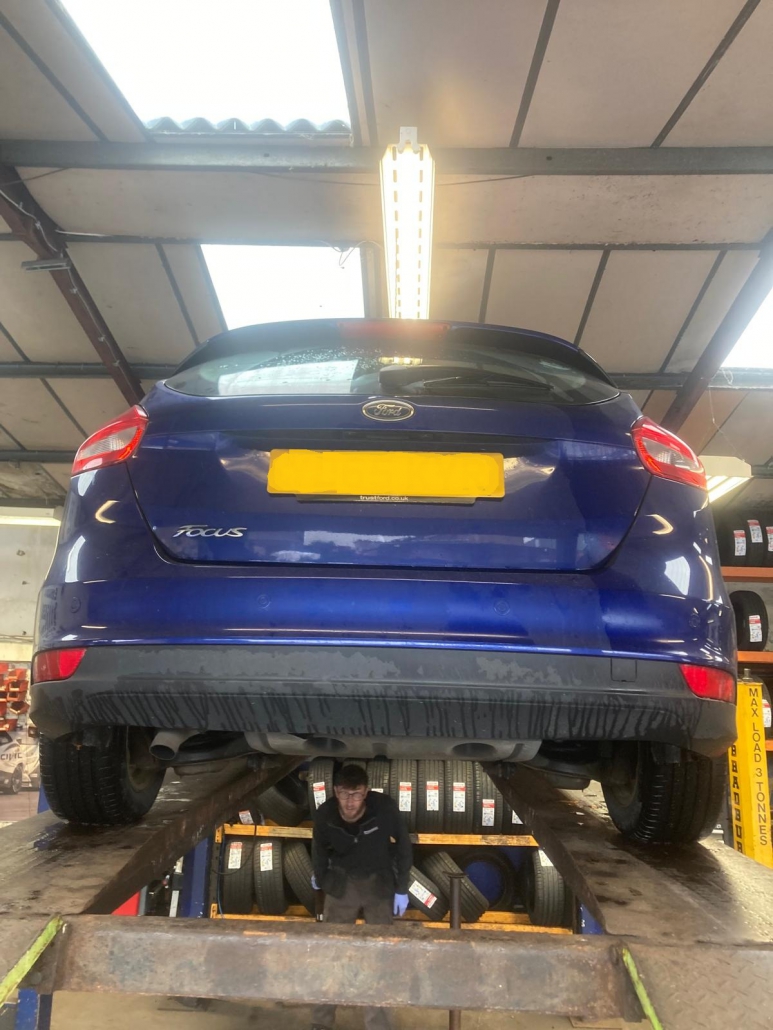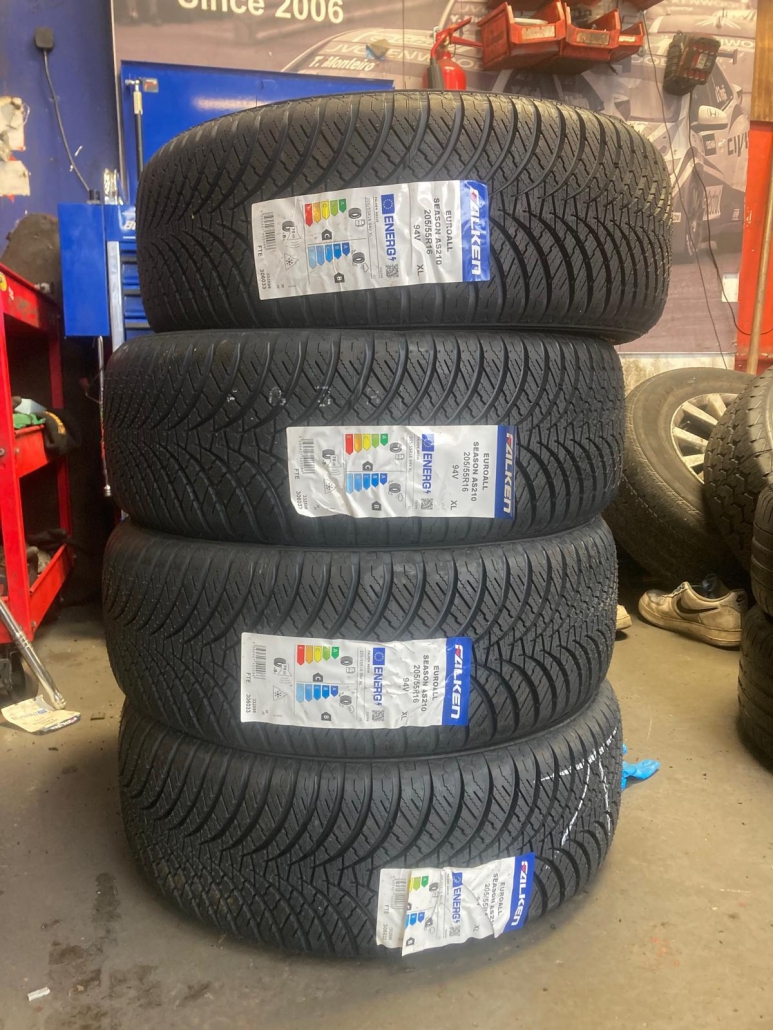Winter-Brake-Checks
Table of Contents
Winter-Brake-Checks
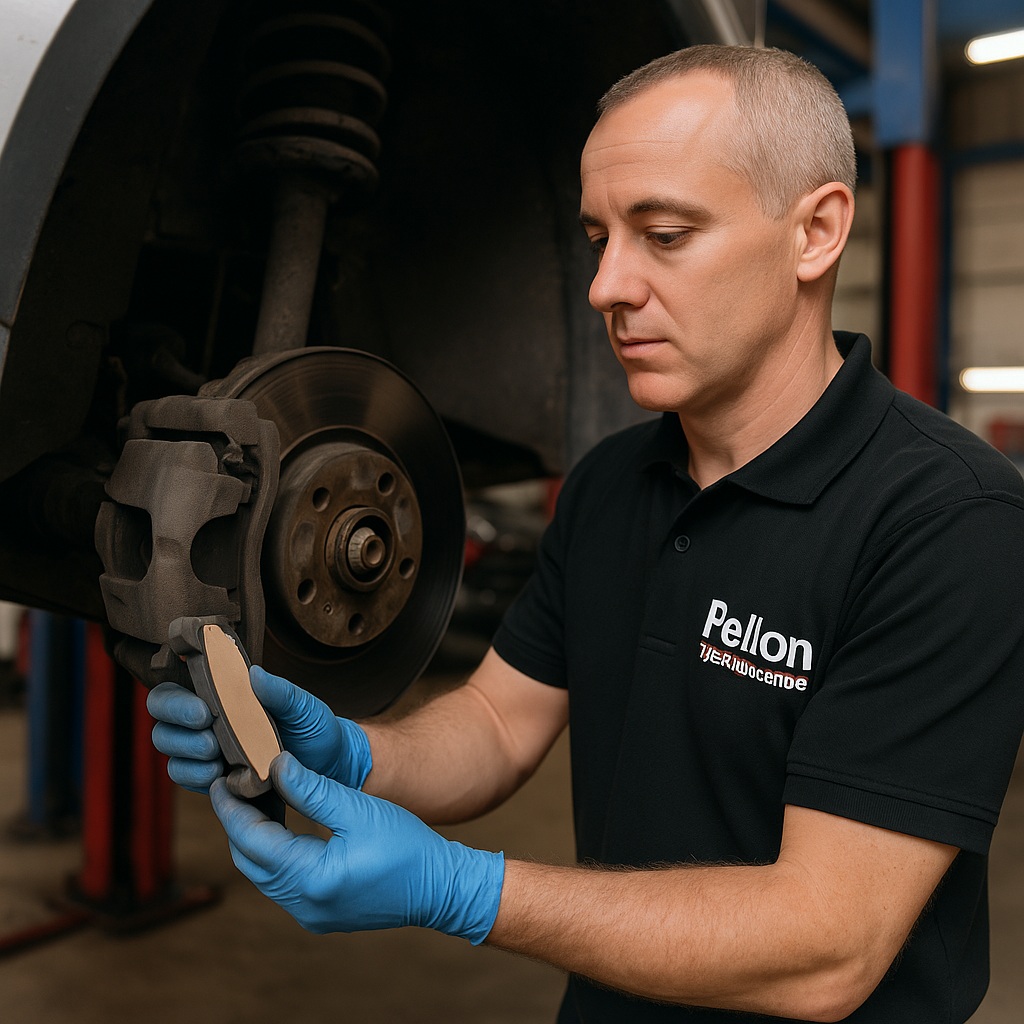
Winter-Brake-Checks
Why Regular Brake Checks Could Save You This Winter
(by Eric Roberts – Pellon Tyre and Autocentre, Halifax)
When winter rolls in across West Yorkshire, most of us think about tyres, batteries, and the usual cold-weather checks. But there’s one vital part of your car that often gets overlooked — the brakes. Here at Pellon Tyre and Autocentre in Halifax, we see plenty of drivers come in for winter servicing only to find their brake pads or discs are dangerously worn. It’s something that could easily have been spotted sooner.
The Problem with Winter Braking: Winter-Brake-Checks
Cold, wet, and salty roads create the perfect recipe for corrosion and wear. When moisture and road salt mix, brake discs can rust quickly, leading to uneven braking and vibration through the pedal. Add in a layer of winter grime, and your brakes have to work much harder to stop the car safely.
Halifax’s hilly roads don’t help either—the constant stop-start driving, especially around places like Boothtown and Mixenden, means your brake system is always under pressure.
That’s why it’s so important to have your brakes checked regularly, especially before the temperature drops.
Signs Your Brakes Need Attention: Winter-Brake-Checks
You don’t need to be a mechanic to know when something’s not quite right. Keep an ear and an eye out for:
Squealing or grinding noises when braking – often the first sign of worn pads.
Vibration through the pedal or steering wheel – could be warped brake discs.
Longer stopping distances – worn pads or contaminated brake fluid can cause this.
A soft or spongy pedal – may indicate air or moisture in the brake lines.
Brake warning light on the dashboard – don’t ignore it!
If you spot any of these, it’s time to get them checked before they turn into something more serious — or costly.
Why Regular Brake Checks Make Sense
A quick brake inspection can reveal small issues before they become major ones. At Pellon Tyres, our trained technicians check the thickness of your pads and discs, inspect for corrosion, and make sure the braking system is working evenly across all four wheels.
It’s all part of keeping your car safe and reliable — and potentially saving you a hefty repair bill later on.
For example, replacing a full set of discs and pads can be pricey, but catching a worn pad early might only need a simple replacement. Prevention really is cheaper than cure.
The Link Between Servicing and Brakes: Winter-Brake-Checks
During a full car service, your brakes are checked as standard, but it’s always worth asking for a more detailed inspection if you drive a lot or tow regularly. We often see customers who’ve had their car serviced elsewhere, only to find the brakes were given a quick glance rather than a proper check.
At Pellon Autocentre, we take the time to do things properly — whether it’s checking brake fluid levels, testing handbrake operation, or inspecting the callipers for sticking or corrosion.
Book your car service online here to keep everything in top shape this winter.
When to Have Brakes Checked
As a general rule:
Every 6 months or 6,000 miles, whichever comes first
Before MOT time – we’ll often spot issues that could cause a fail
Before winter and summer road trips
If you’re unsure, we’re always happy to offer a free visual brake check here in Halifax.
Learn more about our brake repair services.
Keeping Halifax Drivers Safe: Winter-Brake-Checks
With snow and ice always a possibility in West Yorkshire, good brakes are as important as good tyres. Combine a set of reliable winter tyres with a properly maintained brake system, and you’ll be ready for whatever the weather throws at you.
At Pellon Tyre and Autocentre, we’ve been keeping Halifax motorists safe since 1989—from batteries and tyres to brakes and MOTs, we do the lot under one roof.
So before the frost sets in, why not pop down for a quick brake check? It might just save you a nasty scare on a slippery morning.

